Notably, the recognition of vocational secondary school programs that integrate general cultural knowledge and vocational skills is a prominent feature. In addition, the draft expands autonomy for vocational training institutions, provides specific regulations on co-staff lecturers, raises standards for training programs and quality assurance systems, etc.
Dr. Le Tri Khai - Principal of Kon Tum College (Quang Ngai): Empowering vocational training institutions
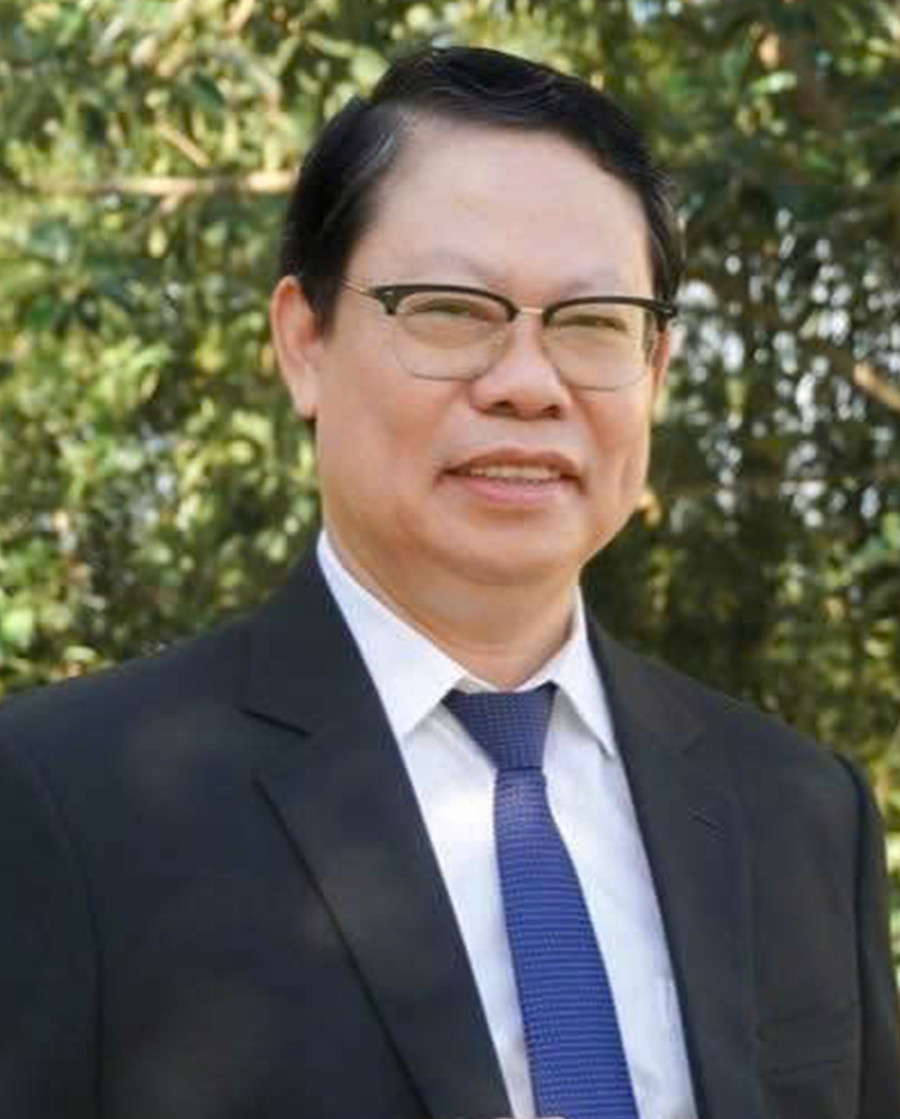
The draft Law on Vocational Education (amended) supplements the vocational secondary school model, integrating core high school knowledge and vocational training for junior high school graduates, which is necessary and feasible in the current context. This model contributes to the implementation of post-junior high school streaming, shortening the study time, helping students to soon have skills, stable jobs or continue studying at a higher level.
The basis for implementing the model is available, when the Ministry of Education and Training issued Circular 15/2022 allowing vocational education institutions to teach high school cultural knowledge.
However, for this model to be effective, it is necessary to design a flexible, practical, and student-friendly cultural and vocational training program; increase the amount of practice time, and allocate appropriately between culture and profession. Students should be exempted from tuition fees; priority should be given to training in difficult-to-recruit, specific occupations that serve local development. The State needs to support the cost of training and fostering teachers; invest in facilities, equipment, and programs for vocational training institutions, especially high-quality units.
In addition, strengthening coordination with enterprises in program development, teaching, internship and assessment of learning outcomes is necessary to ensure output and meet labor market needs. It is necessary to establish an internal quality assurance system and continuously improve from feedback from stakeholders. Qualified vocational training institutions should be allowed to teach high school culture and vocational training.
The draft also allows universities belonging to the armed forces and specialized art schools to train at college and intermediate levels... This could create great pressure on vocational training institutions, which are facing difficulties in recruiting students and are also affected by inadequate social awareness of vocational education.
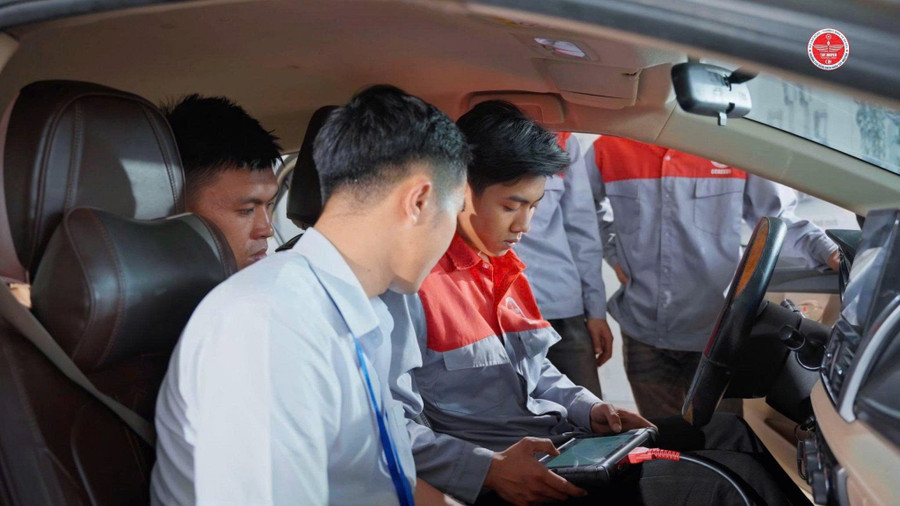
To avoid the system being fragmented, overlapping and difficult to control quality, I think it is necessary to have clear regulations: Higher education institutions should only provide training from university level and above; the transfer to improve the level of learners can be carried out by universities in coordination with vocational education, but not expand intermediate and college training. It is necessary to clearly stratify university education and vocational education in the national system, ensuring that training methods and objectives are appropriate for each level of education, linked to the needs of the labor market.
The draft law also introduces breakthrough contents, such as: Recognition of learning outcomes, accumulated professional competencies and strengthening the role of enterprises in vocational training. This is a trend in line with open education, helping learners access the working environment early, improve vocational skills and increase employment opportunities.
Enterprises not only have access to high-quality human resources but also proactively participate in program development and student assessment. However, for this mechanism to be effective, it is necessary to unify the assessment process and clearly and transparently recognize learning outcomes.
At the same time, specify the responsibilities of businesses in supporting programs, facilities, participating in evaluating training results, as well as having a flexible mechanism to use personnel from businesses; have policies to encourage experts to participate in teaching and propaganda so that learners and businesses agree and actively participate.
Dr. Tran Van Anh - Principal of Dai Viet College, Da Nang: Reasonable transition model
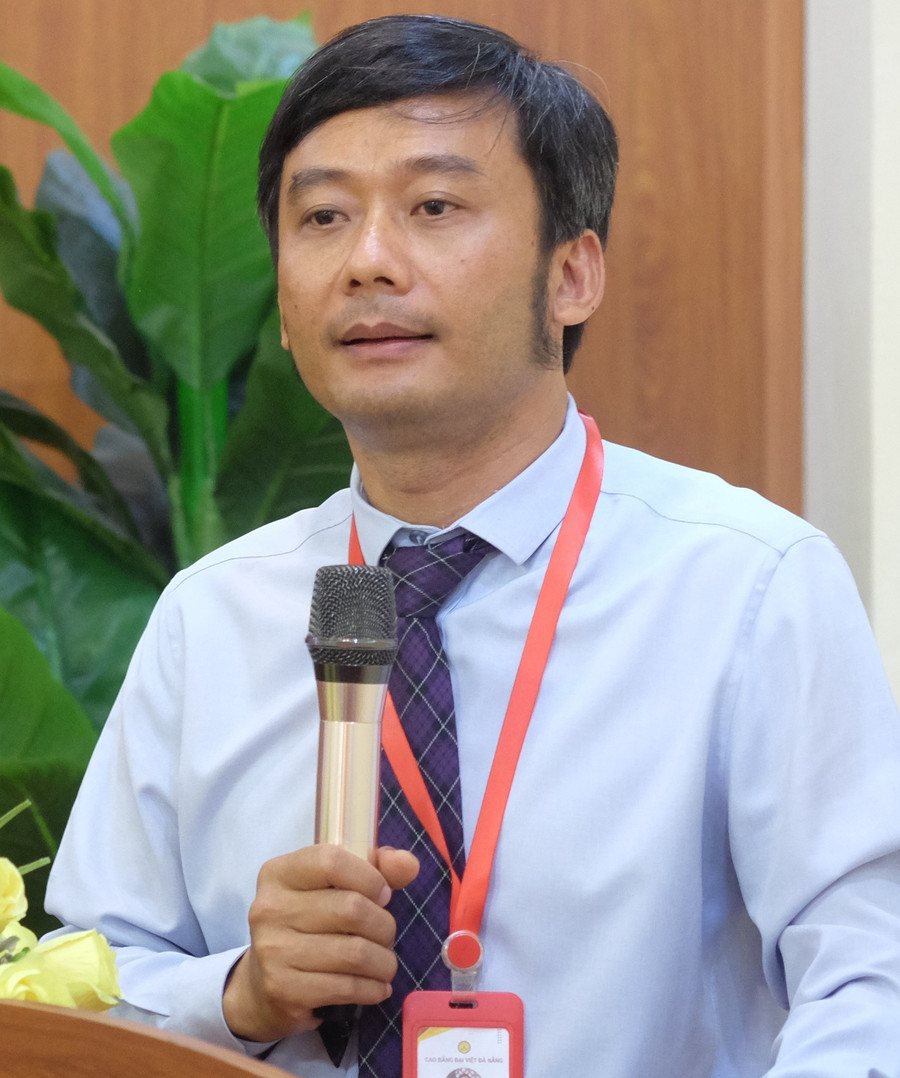
The vocational high school model, integrating core high school knowledge and vocational training for junior high school graduates, is a reasonable transition between general education and vocational education, and at the same time helps streamline education "lightly", providing both high school knowledge and ensuring orientation, vocational knowledge and employment for learners.
However, there is still a system of vocational secondary schools (professional secondary schools), so it is necessary to determine the legal status of vocational secondary schools and vocational secondary schools, ensuring consistency in organizational structure and training levels.
On the other hand, in the vocational high school model, the design of vocational training programs needs to be specifically oriented so that learners can transfer to higher levels of education such as vocational colleges or even universities.
One of the new points of the draft is to expand the subjects allowed to train at college and intermediate levels, including universities of the armed forces and specialized art schools. To do so, there should be strict regulations on the list of specialized professions that colleges cannot train, or to train, they need to have a team of lecturers and appropriate facilities.
Regulations on the list of occupations and universities that are allowed to train specifically also help with quality management and fairness, avoiding the situation where any university can train college-level occupations. Along with that, it is possible to regulate the ratio of college/university training. For example, a university trains occupation A, with a university quota of 200 students, then the college quota is 30, equivalent to 15%. This is to ensure that university training remains the main task of higher education institutions.
Mr. Nguyen Thai Binh - Principal of Tay Nguyen Polytechnic College (Dak Lak): Creating a legal corridor to innovate vocational education
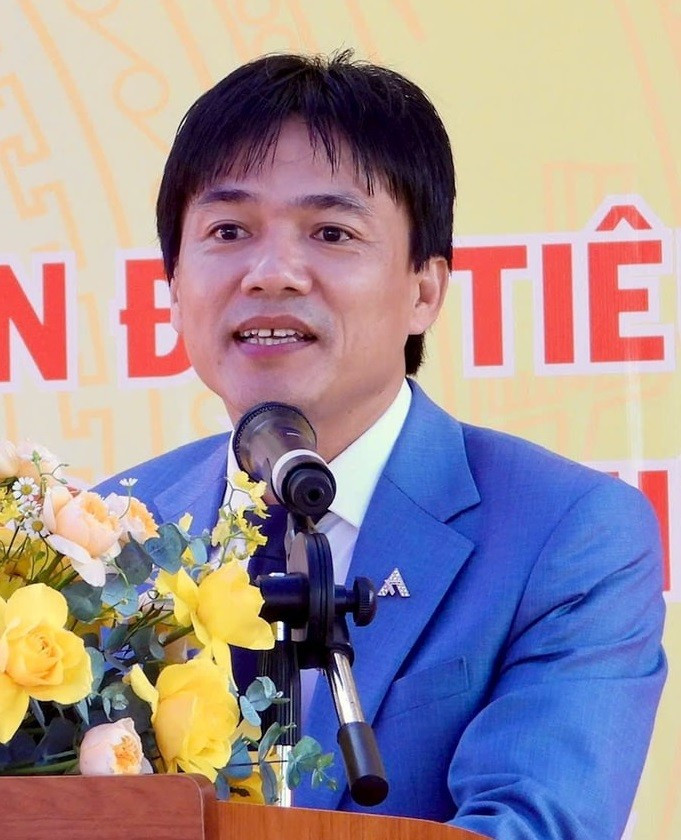
The draft is built closely following the Party's policies, in accordance with the Constitution, international treaties and domestic practices; ensuring inheritance, development and creation of a legal corridor for innovation in vocational education development.
In particular, many regulations have been adjusted, shortened or transferred to related laws to reduce duplication of administrative procedures, creating more favorable conditions for organizations and individuals participating in vocational education activities. Contents that are no longer appropriate such as classification of facilities, conditions for separation and merger, international training cooperation procedures, etc. have been eliminated or delegated to the Government for detailed guidance.
At the same time, the draft adds regulations on recognizing learning outcomes and accumulated skills; expands the subjects of college and intermediate level training, such as art education institutions and institutions of the armed forces; allows vocational education institutions to invest abroad, in line with the trend of comprehensive integration.
The vocational secondary school model, integrating core high school knowledge and vocational training for junior high school graduates, is necessary and feasible in the current context. This model contributes to the implementation of post-junior high school streaming, shortening the study time, helping students to soon have skills, stable jobs or continue to study at a higher level. In my opinion, vocational training institutions that implement the General Education Program for junior high school graduates to continue to study at the intermediate level according to Circular 15/2022 are allowed to teach the amount of high school cultural knowledge.
However, for this model to be effective, the value of vocational secondary school diplomas integrating high school knowledge in the national education system must be clearly defined. Expanding autonomy helps vocational education institutions to be more convenient and flexible in professional activities and school management, from determining and adjusting targets to recruitment, financial work, etc., thereby shortening administrative procedures.
Regarding the content of "co-ownership of permanent teachers in vocational education institutions", it creates conditions for units to ensure a number of experienced teachers; diversify the source of permanent teachers, access many high-quality resources in training, including experts and engineers who meet professional standards and pedagogical capacity.
The draft also mentions the recognition of learning outcomes, accumulated professional competencies and the strengthening of the role of enterprises in vocational training. This is an inevitable and practical requirement that has been taking place for a long time because enterprises have a real production environment, reflecting the needs of society for human resources. With adequate and modern facilities, it is very reasonable for schools to consider enterprises as "practice rooms" and "laboratories" for training. - Dr. Tran Van Anh.
Source: https://giaoducthoidai.vn/du-thao-luat-giao-duc-nghe-nghiep-sua-doi-phan-luong-thong-minh-dao-tao-hieu-qua-post744392.html


![[Photo] General Secretary To Lam and National Assembly Chairman Tran Thanh Man attend the 80th Anniversary of the Traditional Day of the Vietnamese Inspection Sector](https://vphoto.vietnam.vn/thumb/1200x675/vietnam/resource/IMAGE/2025/11/17/1763356362984_a2-bnd-7940-3561-jpg.webp)



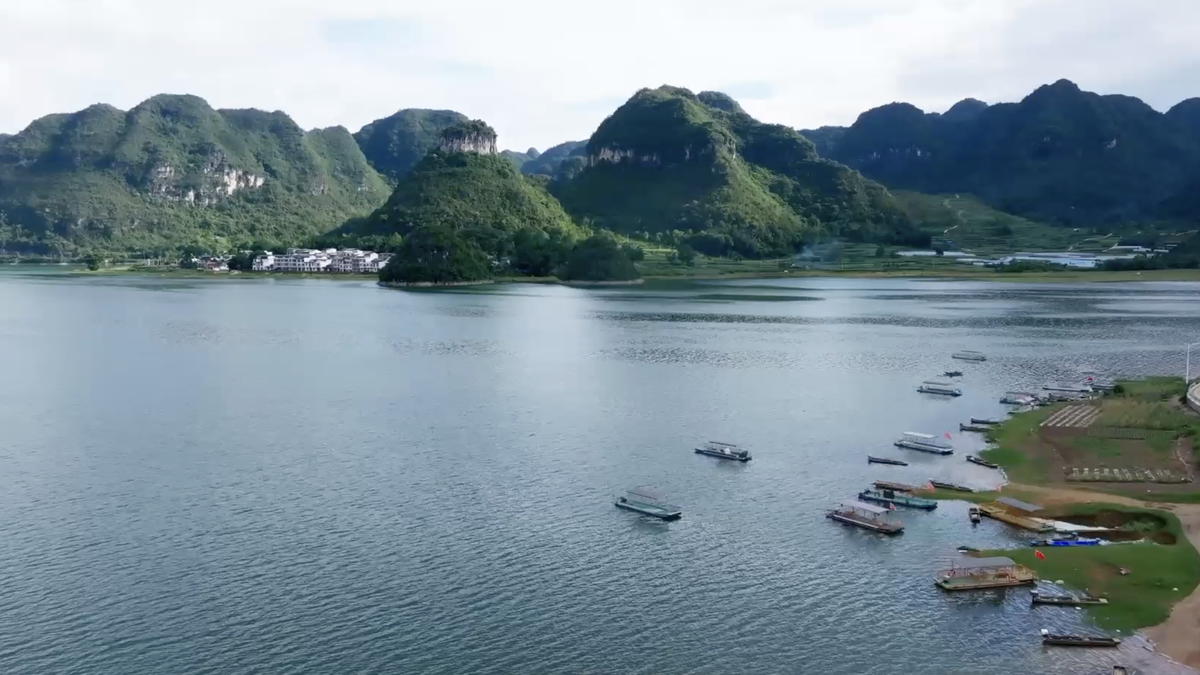

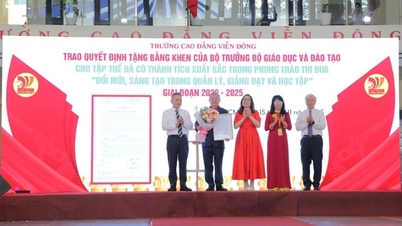






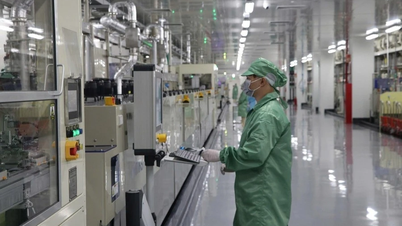

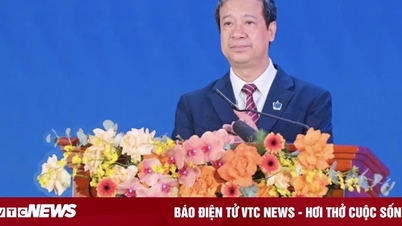

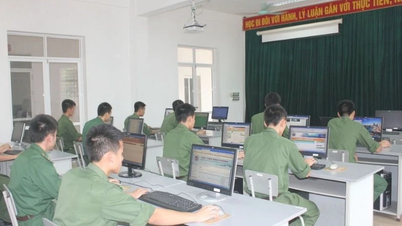

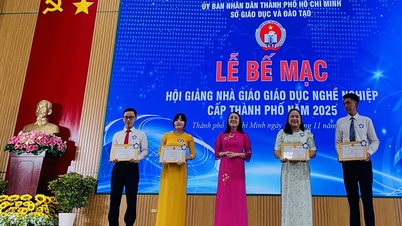

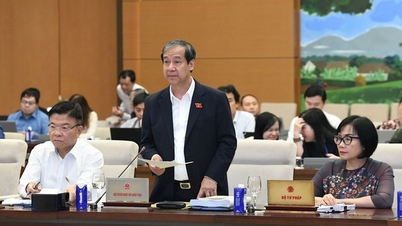
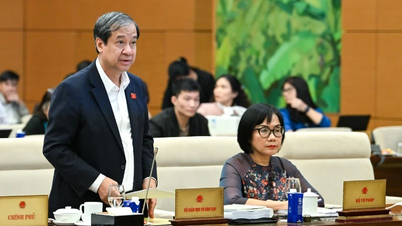
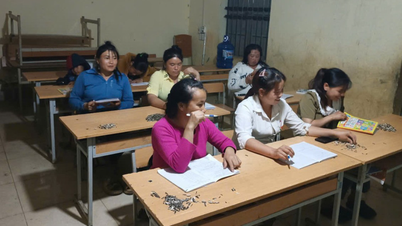





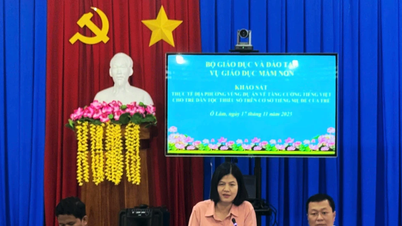
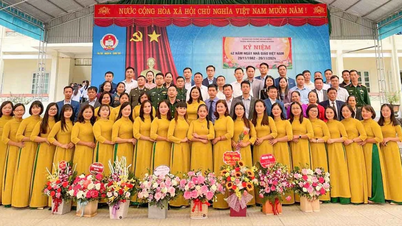
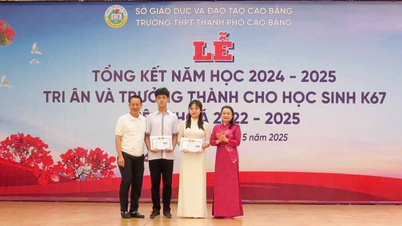

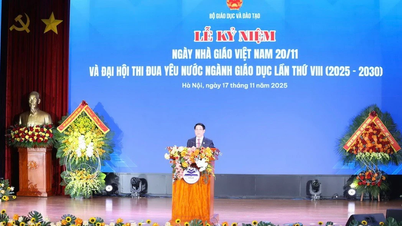
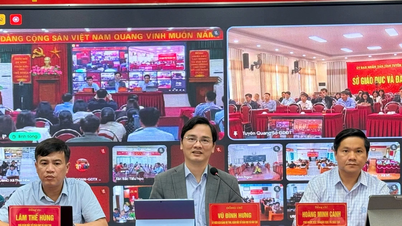


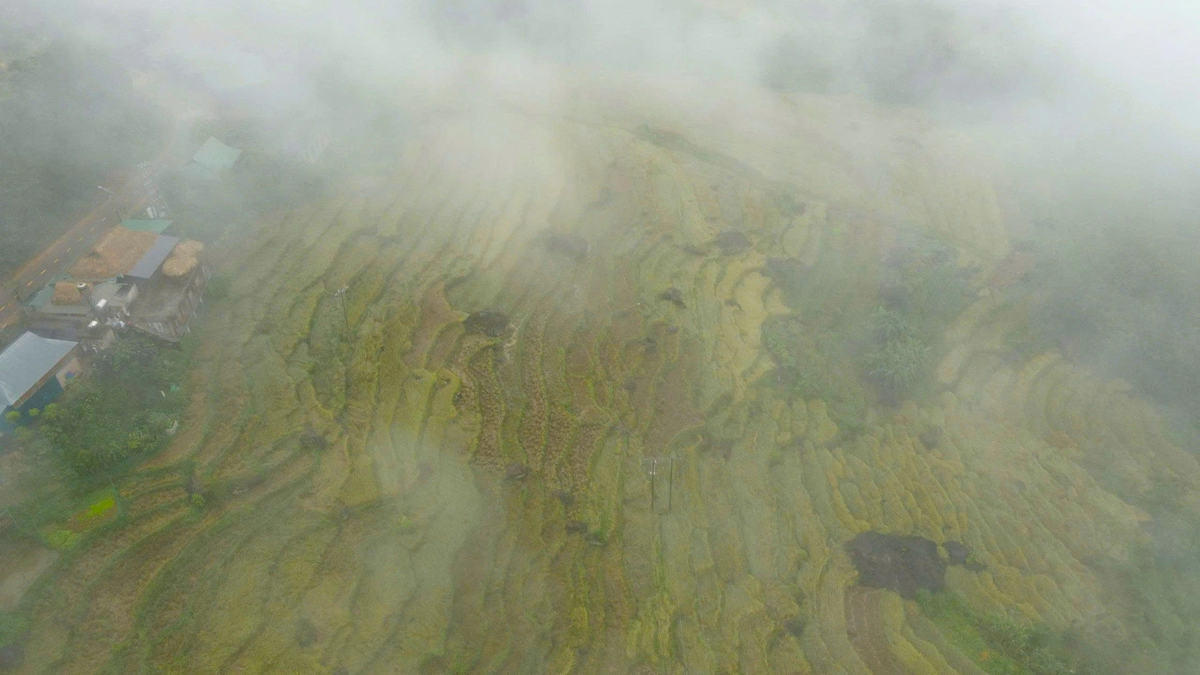
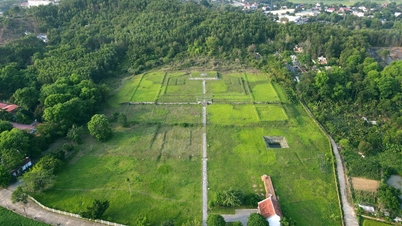


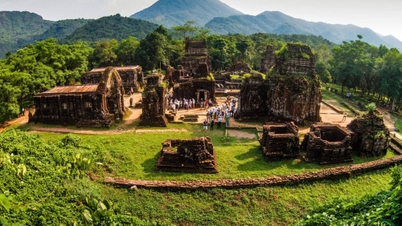



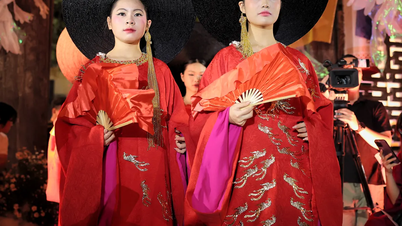

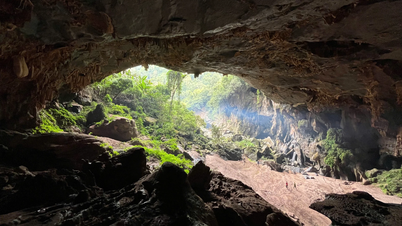

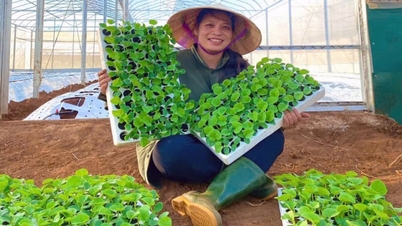

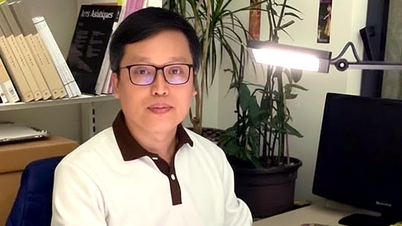

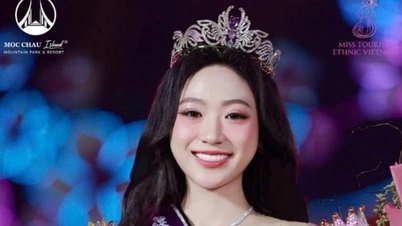

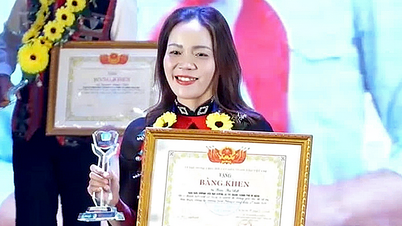












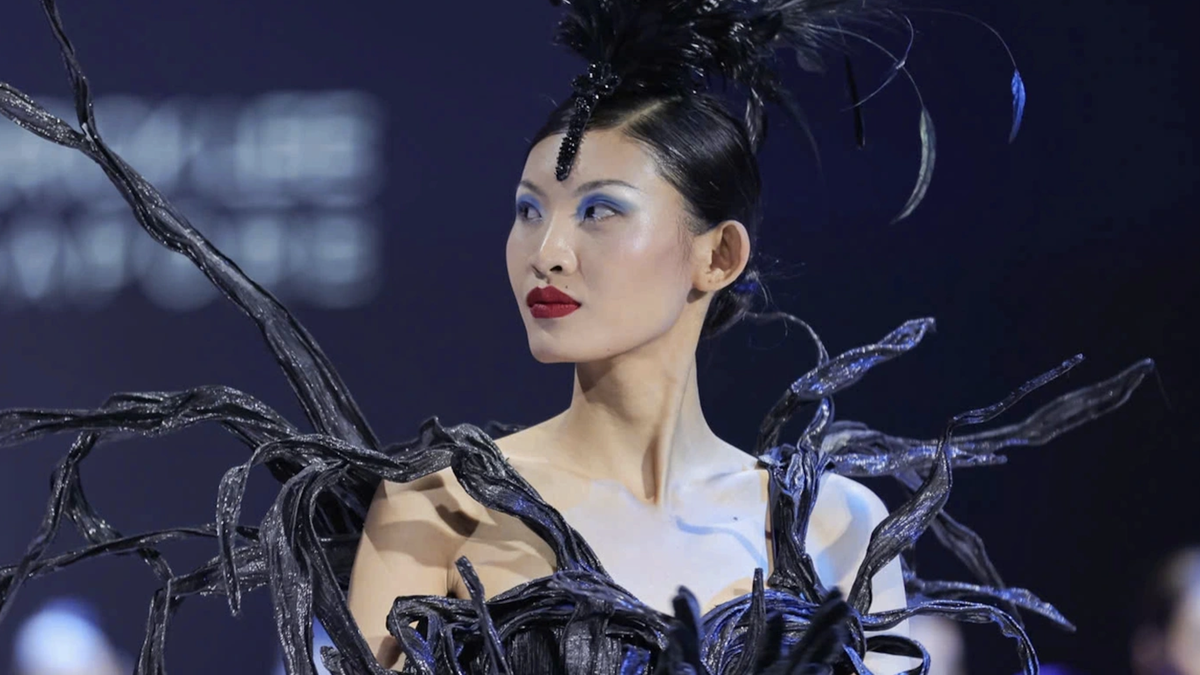




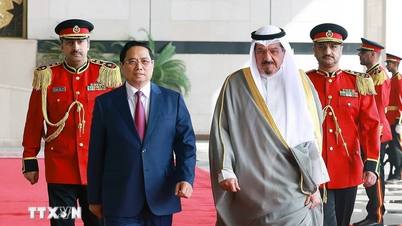


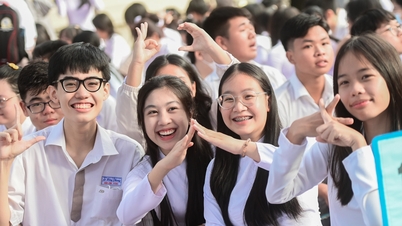



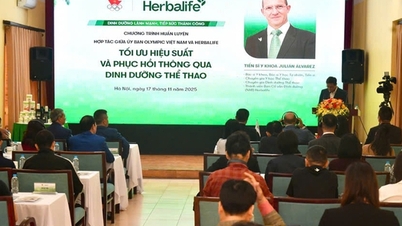


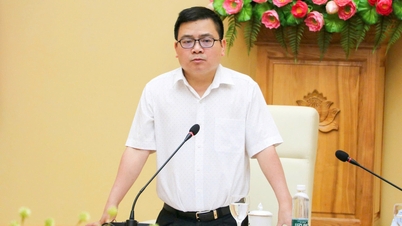



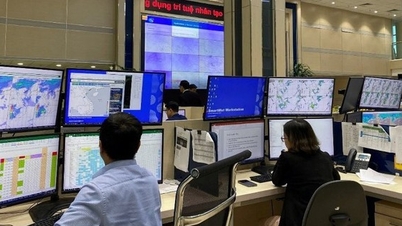



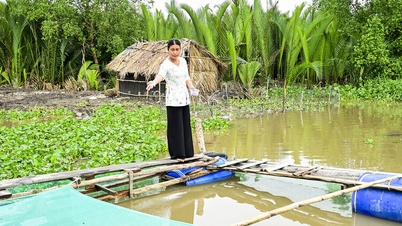
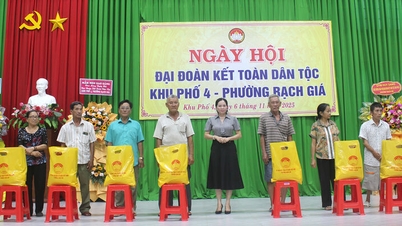
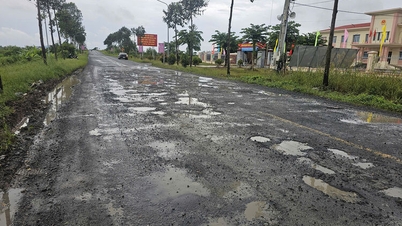
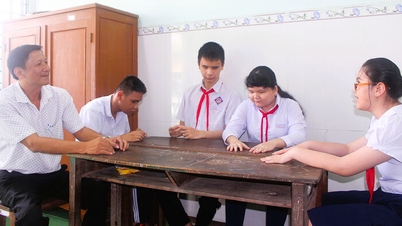


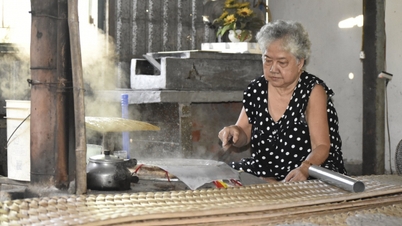

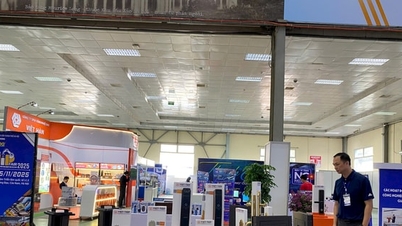



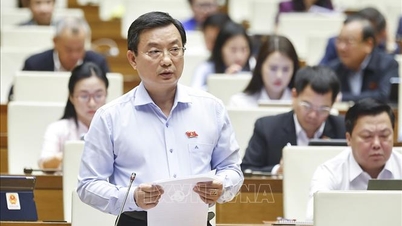


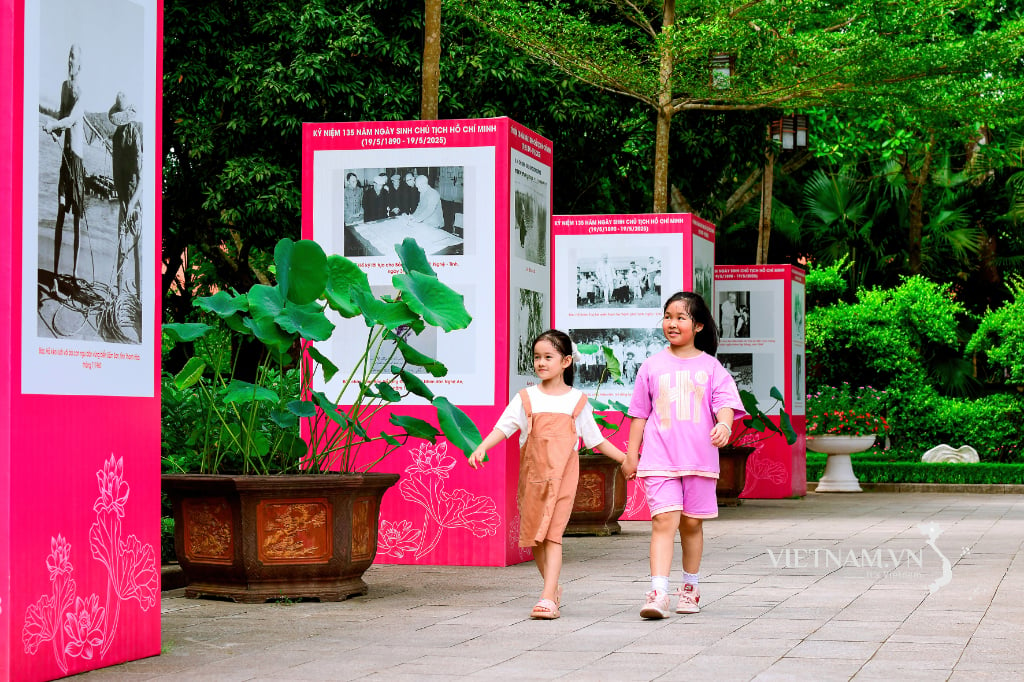


Comment (0)